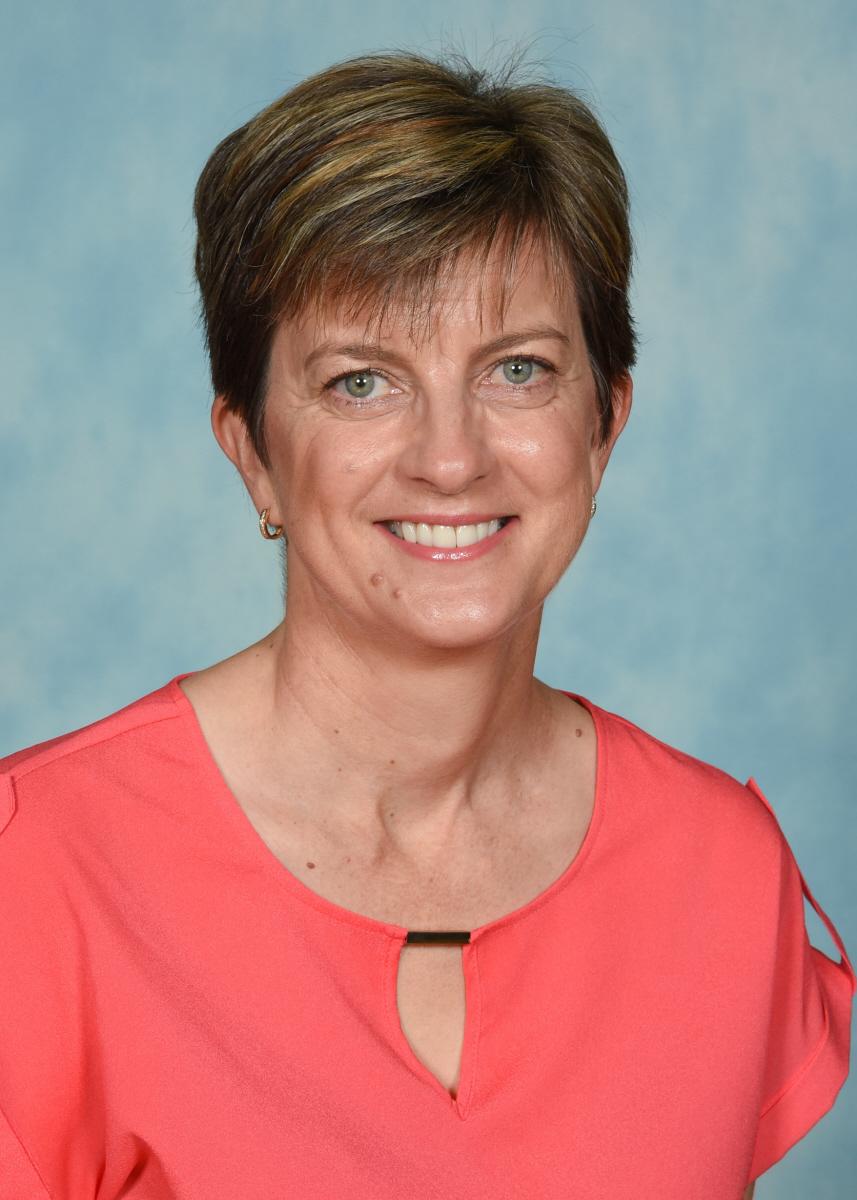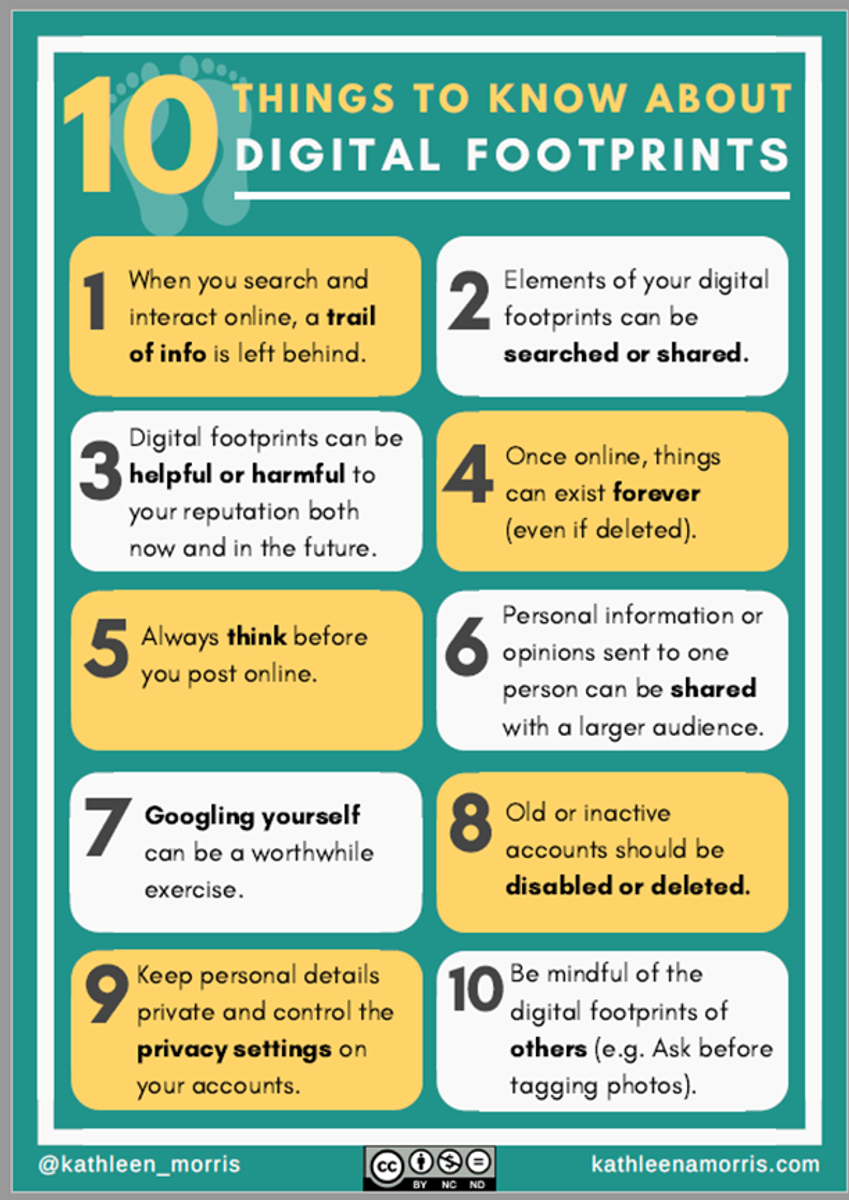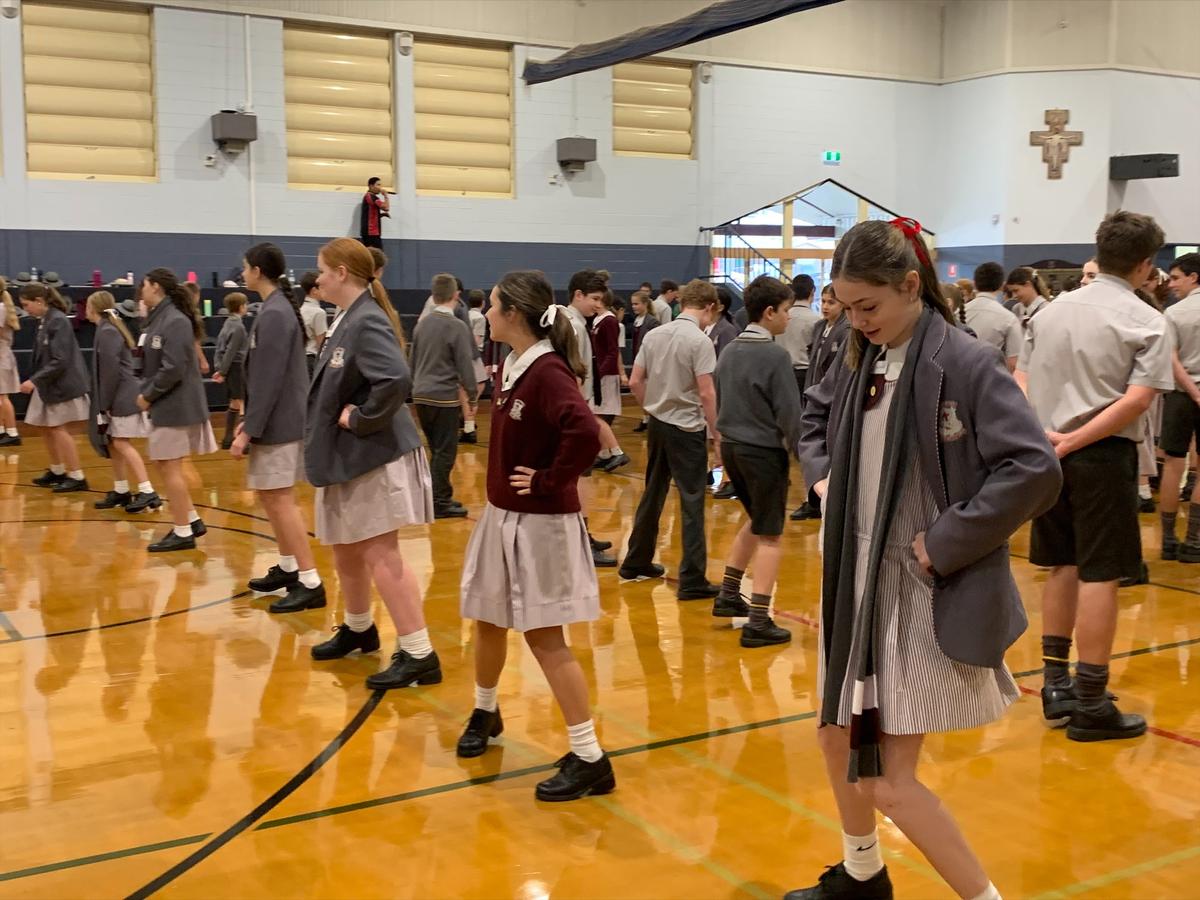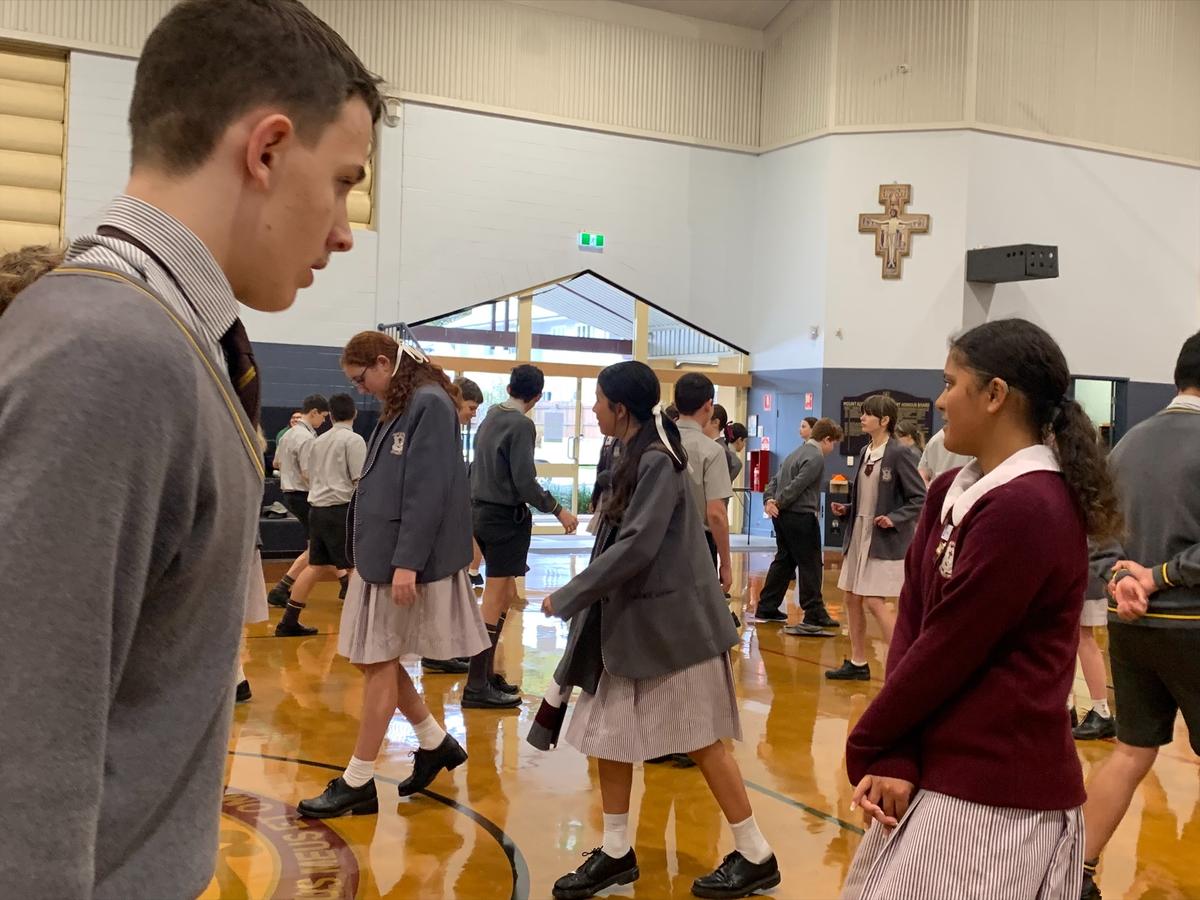Year 8 Pastoral Guardian
Jeni Barlow

Year 8 Pastoral Guardian
Jeni Barlow


Dear Parents/Caregivers,
In a world where it seems a digital device is always in hand, it is not surprising that social media is a prime source of social and creative connection, as well as learning for young people. However, the accessibility to social media also necessitates its responsible use, including developing a positive digital footprint. Mount Alvernia students, like their Australian peers are highly connected to social media.
According to Australia’s eSafety Commission in 2020, teens spent an average of 14.4 hours a week on-line. In tracking user changes, it found that TikTok’s use increased from 12% in 2017 to 38% in 2020. It also found that 3.1 social media sites are actively used by 12–13-year-olds. My interactions with Year 8 students regarding their use of social media often centres around the content posted to TikTok and Snapchat – adolescent preferred social media sites - leading me to the question, ‘What digital reputation are you developing for yourself and others through your choices - intentional or otherwise?
Your digital reputation can be determined by the content posted about yourself and others and contribute to the impression others gain of you. This includes:
• messages,
• tagged photos,
• photos of yourself and others at parties or on buses,
• TikTok videos of students in school uniform,
• TikTok videos of you performing songs/dance/social commentary,
• comments made about others,
• ‘likes’ to others’ posts.
These posts have a lasting and profound effect, for once posted, they can be screen shot and/or continue to circulate in the on-line world.
The Mount Alvernia Student Planner, on page 20 states:
‘for the privacy and protection of all community members, students must not post photos of themselves or other students in school uniform or in the school setting. Students should also note that inappropriate images of themselves may be illegal so parents and police will be notified where necessary. Posting photos of staff, parents or other students without permission is strictly prohibited’.
At the start of each semester, students are reminded of this important procedure. Ultimately, as a community of adults working in partnership, we aim to support our young people using social media, and promote self-regulation, respect, empathy and always to think before posting.
In Digital Reputation edition of SchoolTV psychologist, Michael Carr-Gregg provides great advice about posting content for developing a positive digital footprint. This is important at all times, but perhaps it is particularly pertinent with Years 8s who are considering part-time work; now is the perfect opportunity for them to conduct an audit of their on-line activity and the amount of time they spend on social media.
Reach Out offers some excellent advice for parents in assisting young people to evaluate their social media usage and posts. The following infographic is also a useful checklist to use.


To ban or not to ban? – banning the use of devices and social media encourages sneaky behaviour – remember, many adolescents have multiple accounts. If breaches of trust have occurred, now is the perfect opportunity for open communication about responsible use and maybe a time for enacting a family media agreement.
I invite you to view some photos from this week's Dance Fever Program.








Jeni Barlow
Year 8 Pastoral Guardian
References:
The digital lives of Aussie teens.pdf (esafety.gov.au)
Reach Out - Help your teen manage their social media usage - ReachOut Parents
eSafety Commissioner - Your digital reputation | eSafety Commissioner
Media agreement document-common-sense-family-media-agreement.pdf (commonsense.org)